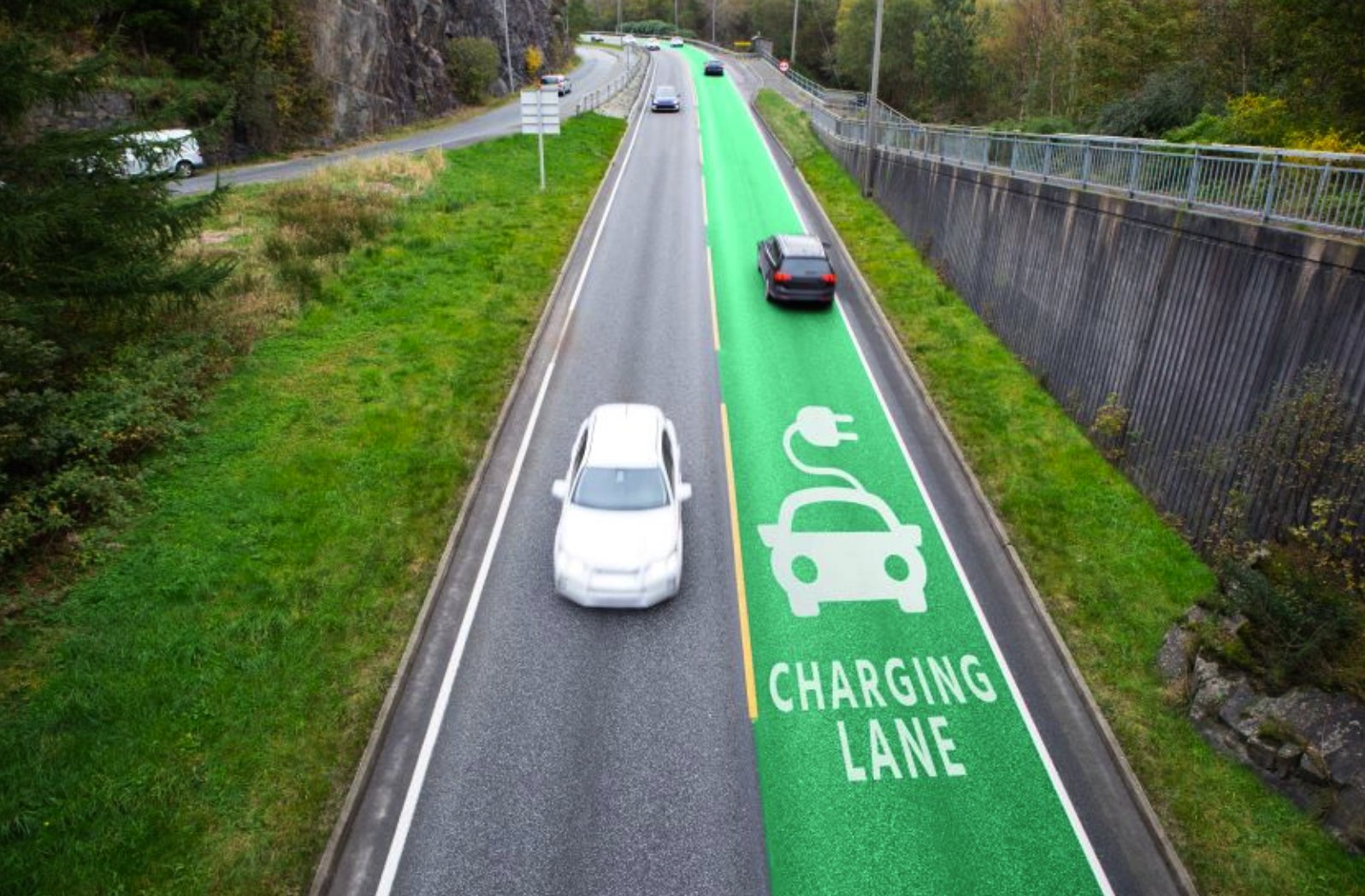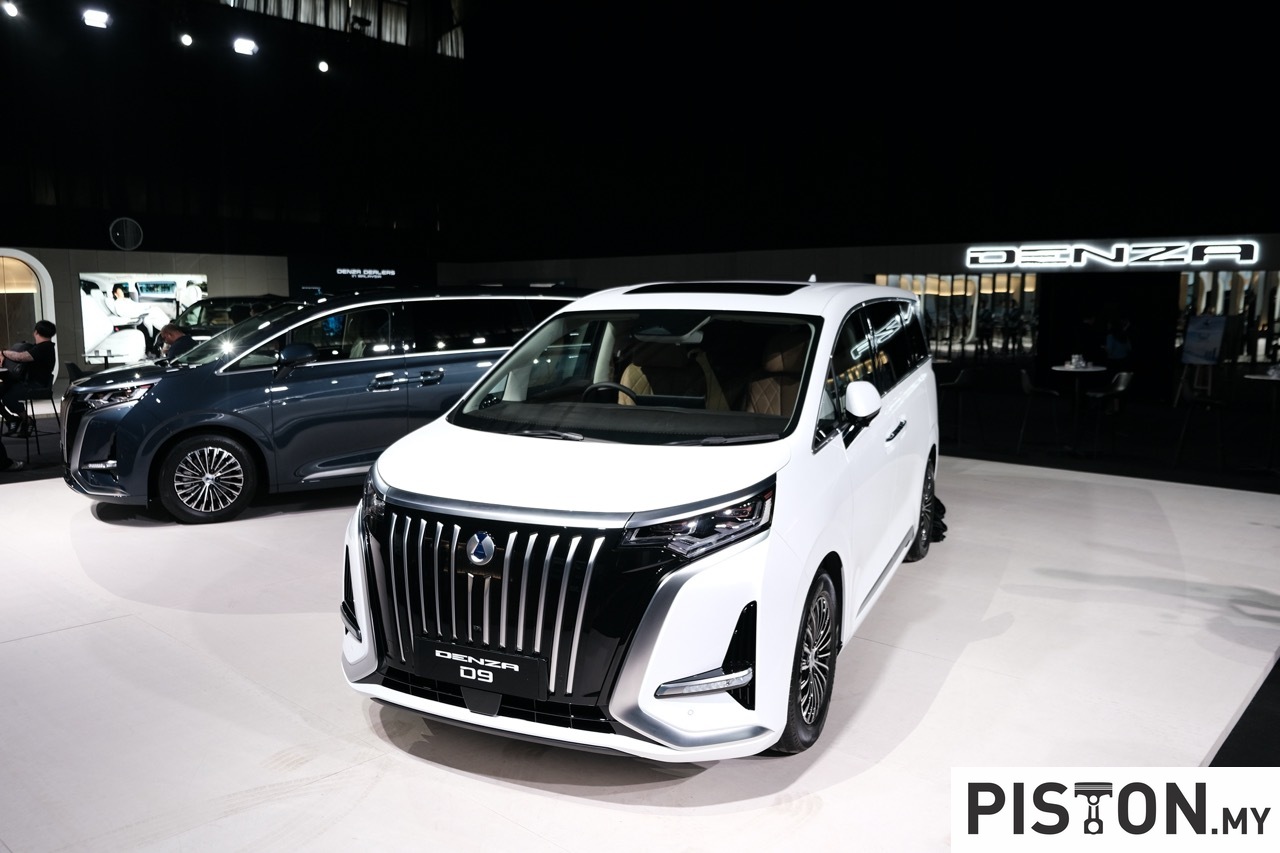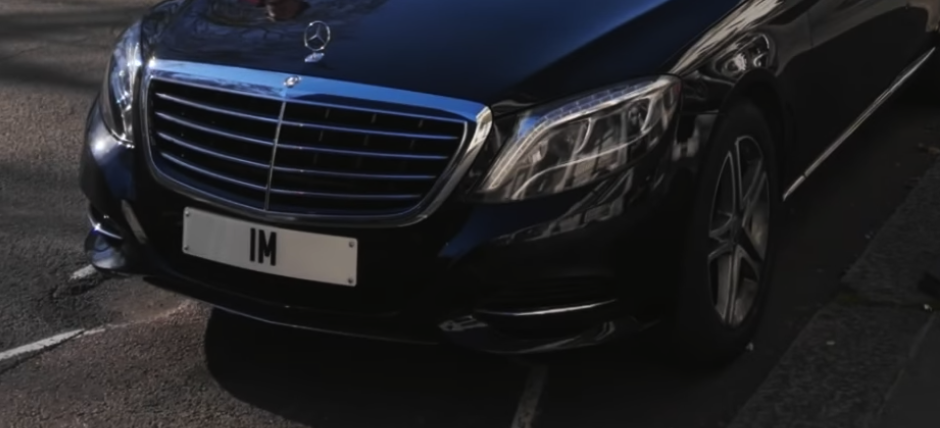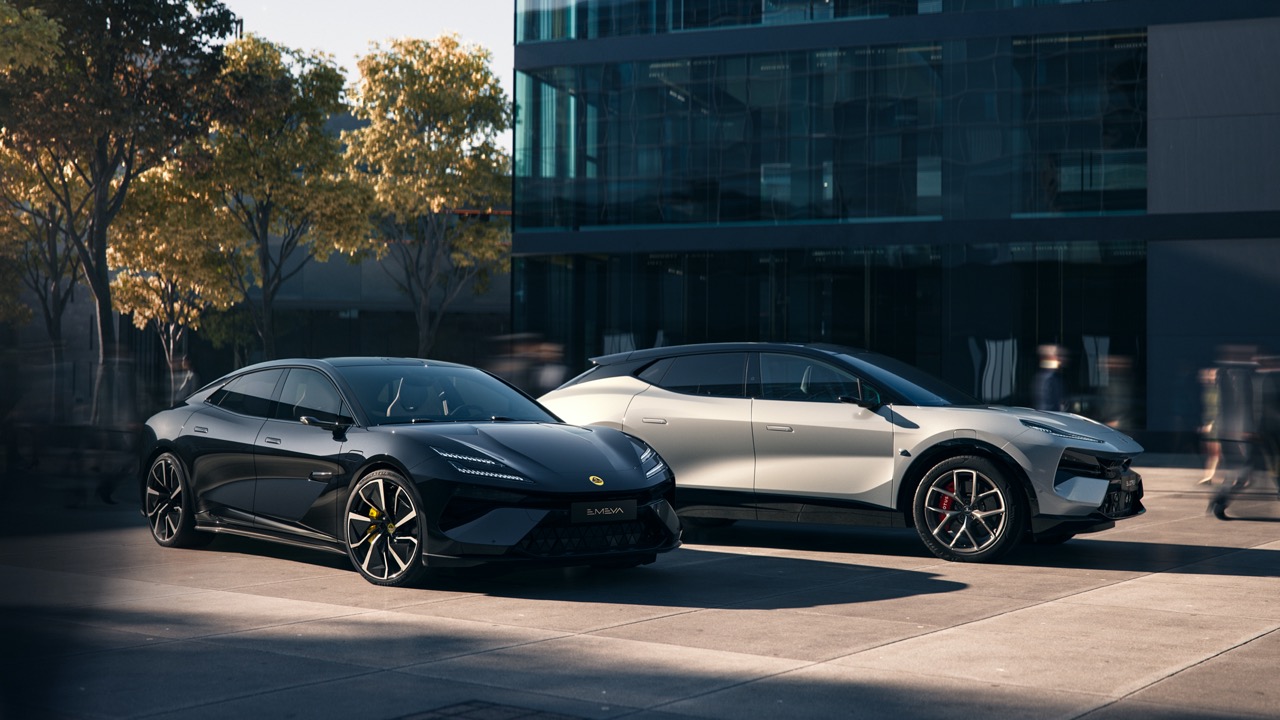As more car makers join the EV bandwagon, charging has become a bigger challenge. While some government agencies and private sectors continue to invest in charging stations, there are companies that are coming up with innovative ideas to solve the charging problem.
Take Sweden for example, it is currently leading the way with roadways that are able to charge a car as it moves over a certain stretch of road.
Sweden has already tested four temporary electric roadways. But a 21-kilometre road will be the world’s first permanent electric road that charges EV’s on-the-go.
The electric road system (ERS), which is currently in the procurement and final planning stages, is scheduled to be finished and open to the public by 2025.
How does the system work?
The Swedish government’s transport agency, Trafikverket, is considering – and has already tested – options like overhead power lines, ground-level electric rails, or road-embedded inductive coils.
Power is supplied from overhead wires to cars through a pantograph in the case of overhead conductive charging, much like how trams work. For accessing electric wires, heavy-duty vehicles are the greatest options for this strategy.
Both the inductive and conductive ground-based charging methods work similarly. Conductive charging involves the transfer of power from specialised rails or tracks located below or on the road. Vehicles charge by connecting to the rails using a mechanical stick or arm. Power is exchanged between coils installed in the road and the vehicles using inductive technology.
In a research published in March, Chalmers University of Technology in Sweden concluded that the best way to transition to EVs would be to install electric roadways on 25% of the busiest national and European roads and provide home charging for EVs. And according to the experts, if that were to occur, EV batteries might be made “significantly smaller, at best only one-third of the current size.”

By 2030, the ambitious government plan seeks to install 2,000 kilometres of ERS on public roadways. There are strong arguments in favour of investing in electric roadways, even though this plan is still up for debate. Critics express concern regarding the expense of maintenance and this investment. They contend that improvements in battery technology may eventually make electrified roadways pointless.
Sweden is not alone in its pursuit of electrified highways; trials are also being conducted in Italy, France, Germany, and the UK. The likelihood of connectivity across all of Europe increases the chances that a vast network of electric roads will be economically feasible.
Do you believe it’s possible that Malaysia might implement this system given that other nations are doing due to the growing number of EVs? Or would the numerous potholes obstruct the path? There is undoubtedly a mountain to climb, but Malaysia has a strong never say never attitude, and since Malaysia is the forerunner in EV technology in Asia, this technology may just be the answer Malaysians need for charging over long distances.





















